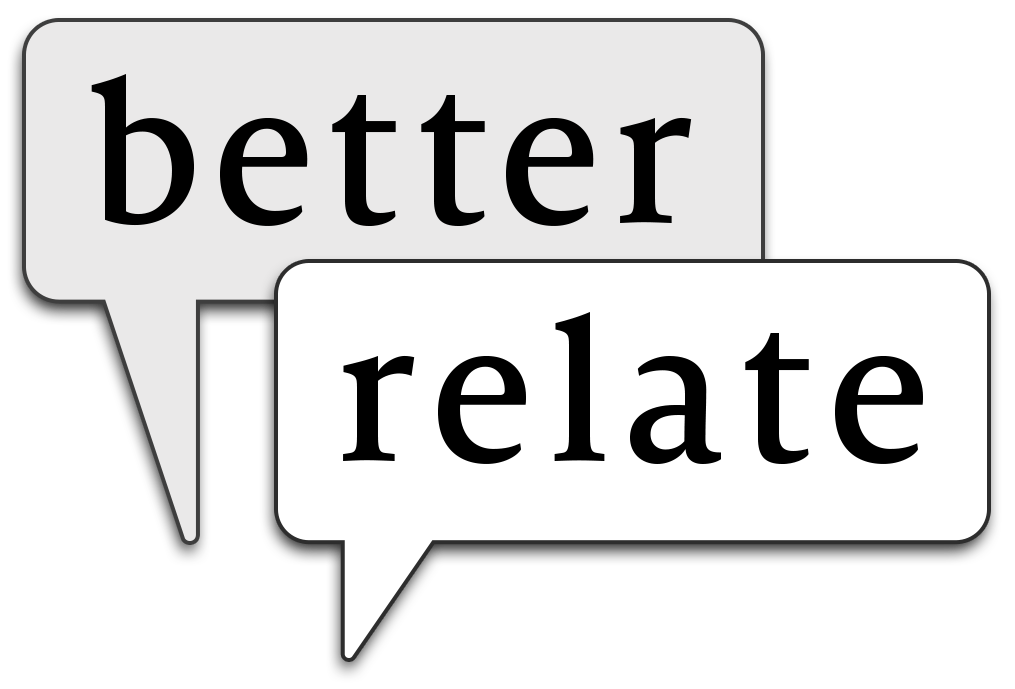The #1 Reason Why Relationship Timeouts Don’t Work
Relationship timeouts are a great invention in my opinion. You simply press pause during those disagreements that get so big and unhappy. The timeout gives you space to let some of those big emotions cool off (the You-turn) so you can come back and connect with love with your partner (the Return).

Or maybe it’s not so simple. Lately when I’m seeing clients in my office in Stockholm, I hear from the couples I’m counseling:
Yes, we have tried taking a timeout to stop our arguing, but it doesn’t work for us.
To which I reply,
…of course it works. It always works. Instead what is happening is you are not doing it. Timeouts only work if you follow through.
Relationship timeouts are something you need to practice. Actually they are really hard to do, so it makes sense if you’ve tried to stop fighting this way and the fighting won out.
You probably think you know what a timeout is, but do you?
We all think we know what a timeout is. We probably sat in them as children, and those of us who are parents have probably given them to our children.

Timeouts started as a way to change undesirable behaviors by removing kids from positive interactions and events to disrupt the moment and change course.
That’s how most of us think of timeouts: punishments from when we were kids or for our own kids.
It’s that sense of punishment that hangs over my clients when they try, as adults, to take relationship timeouts. It’s really no wonder when one or both rebel in the moment.
It is a timeout from too much happening. Taking that pause might actually get you to a better place.
However, other parts of yourself can get triggered as well. I’ll address that in a bit.
Why relationship timeouts are still hard – even though we’re all grown up
We take relationship timeouts because we feel hijacked by emotions and need to take a break from the interactions triggering these extreme emotions. And yet it is those strong emotions that interfere with our intention to take the timeout.
This is usually where clients say relationship timeouts “don’t work.” Why don’t they work?
- “My partner follows me around during the timeout. I don’t really get a break.”
- “My partner screams timeout and makes the referee signal – which makes me just furious! I have too much to say to take a timeout and she just cut me off!”
- “We agree on timeout, but then he gets on the phone with his friends and starts talking loudly about some TV show they watch. Why do I have to sit by myself feeling miserable while he’s having a good old time?”
You’ve probably noticed the same theme I did. They are saying timeout but they are not staying in timeout.
My clients are really smart people. They know what a timeout is. They understand that a timeout means moving to separate spaces and being quiet by ourselves for awhile before coming together.
Remember: Relationship timeouts are only temporary
I know taking a timeout sure sounds easy when you aren’t triggered or extreme. Like right now, while you’re sitting at your desk reading this post, or hanging on a strap on the metro looking at your phone, you feel calm.
In the middle of a fight however all bets are off.
- You want to jump in and explain
- You just need your partner to answer one more question…
- …or even say anything at all
Because you want to stay connected. Relationship timeouts are scary because they mean disconnecting from your partner.

However.
If you don’t take a relationship timeout when you or your partner really need it…you will end up being disconnected.
You simply cannot get connected when you have triggered extreme feelings or emotions!
It takes practice to get relationship timeouts right
All new behaviors need practice, even behaviours that lead to a time out. Practice means trying again and again and then it works!
Decide the next time you feel triggered by your partner you will practice taking a time out.
Instead of responding from your triggered parts, stop and disengage from the disagreement. You don’t even have to tell your partner.

Take a time out and go back and try again. Trust yourself first meet your own need first rather than expecting your partner to meet if first.
Need to be listened to? Then be a good listener to yourself, first.
Need to feel appreciated by your partner? Take a moment to appreciate how hard it is for you right now and you are still trying anyway. Good for you. Then go back to your partner.
Get Curious toward the timeout-resistant part of you
The big takeaway is: the only reason relationship timeouts don’t work is because part of you is rebeling and overriding your decision to practice a timeout.
Start by noticing when in the moment, a part of you resists and doesn’t want to take a timeout. (All the more reason to do it.)
So take a deep breath and get Curious. What is going on with that part of you? What is that part afraid will happen if you take a small pause? Ask yourself this and see what you need. Once you know what that rebel part is up to in you…..what is its “good intention”? THEN ask the part to trust you to take a pause and go back.
Next, invite your partner to practice relationship timeouts with you
Relationship timeouts are harder when only one of you is trying to take the timeout. So invite your partner to practice with you.
These 3 guidelines will help.
- You must agree with yourself and your partner that if it gets too extreme in your conversations, you will take a time out.
- You will take yourself away from the immediate conversation and take some time to reflect on YOU – not them.
- A timeout is respectful to both yourself and the other person. It does not involve doors slamming or people yelling on their way out.
- See you if you can arrange a sentence or word that signals you are taking a time out. One of my clients agreed with her partner she’d say “I need peace” and he would leave. Her partner would say “I’m going to the bathroom.” Because she had a part of herself that would take over and insist on following him around.
- Remember, YOU are ultimately responsible for taking the timeout. If your partner won’t respect the timeout, leave the premises.
I call a relationship timeout a “you-turn” because it’s time of reflection on yourself. That is why it is named a YOU- turn.
So you and your partner are in a timeout. Now what?
You mean, besides give yourself some credit for following through?
I wrote about what to do during timeout in this blog post about making a you-turn/return. If you’re serious about making a relationship timeout work for you, you have to read that post. Here’s an overview of the steps:
- Focus on your breathing.
- Set an intention to be Curious, welcoming, and accepting toward the parts and emotions that show up.
- Identify the parts and emotions that show up.
- Ask your parts for cooperation.
- Make the return (to your partner).
In reflection I’d like to add 2 steps before you make the return. That way, you won’t need to repeat the you-turn. (I go over these 2 steps in detail in this blog post).
Bonus step #1: Send some Compassion to yourself for how hard it is right now for you.
Acknowledge that life really can be so difficult sometimes. Ask these parts of you, “What you feel you need right now?” Is there some way you could make this need happen?
If you need peace then find a calm spot for yourself.
If you need time alone doing something distracting – then do this for yourself.
When you return to your partner is there something this part would need or want and you could speak for it.
Bonus step #2: Make this need or want clear, literal and concrete.
For example: “I need comfort” literally is the statement, “I need a hug when I say I am worried. Could you do this for me?”
If your need is wanting to be valued and seen by your partner then literally stated it would be, “I need you to appreciate out loud some things that I do for you.”
These are generic examples of behaviors you need. You will find you own need by finding that vulnerable part that is behind your extreme feelings or actions and asking what it needs.
(Again, this blog post has even more ideas for you about how you can meet your own need first.)
Then you can follow the instructions in Step 5.
Book recommendation: Dance of Anger
 One of my favorite books on the subject of relationship timeouts is Harriet Lerner’s Dance of Anger: A Woman’s Guide to Changing the Patterns of Intimate Relationships. But really this book is for everyone of every gender. If you click the link, scroll down to the comments and you’ll see men chiming in as well about how much this book helped them reframe their anger.
One of my favorite books on the subject of relationship timeouts is Harriet Lerner’s Dance of Anger: A Woman’s Guide to Changing the Patterns of Intimate Relationships. But really this book is for everyone of every gender. If you click the link, scroll down to the comments and you’ll see men chiming in as well about how much this book helped them reframe their anger.
This post contains affiliate links.
Image credits
2010-10-15 Portland (AoA v SCRV)-1140 by Flickr user Masonite Burn is licensed under CC BY 2.0.
Defense … Holding … First Down by Flickr user Jeffrey Beall is licensed under CC BY-SA 2.0.
Go To Jail by Flickr user Ken Teegardin is licensed under CC BY-SA 2.0.
Feeling rather shafted by Flickr user Soon is CC BY-SA 2.0.



